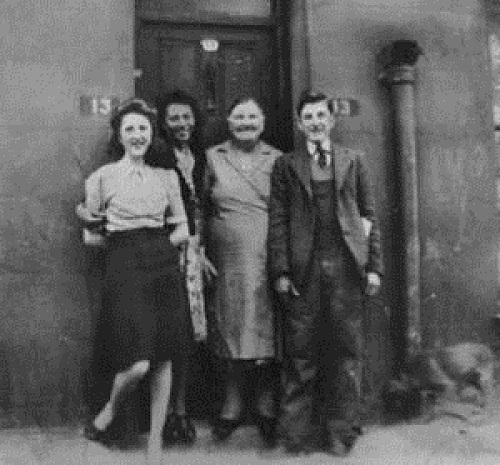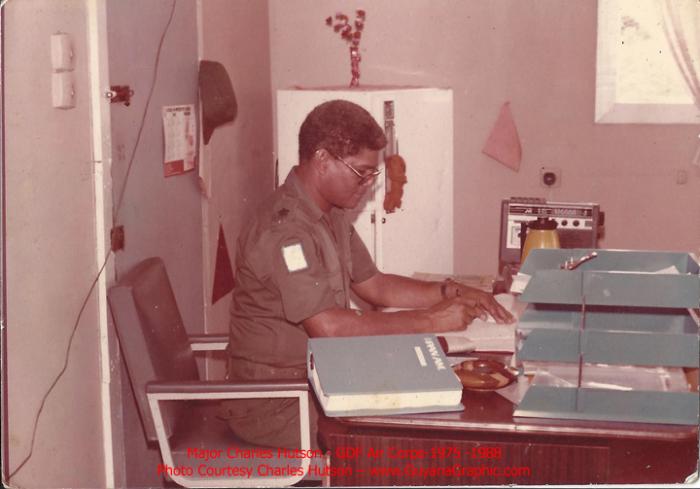My Aunt Esther was a black working-class Londoner, born before World War 1. Her life spanned almost the entire century (1912 to 1994).
Her father, Joseph Bruce, settled in Fulham, west London, during the Edwardian era when very few black people lived in Britain. He came here from British Guiana (now Guyana) a colony in South America. He was a proud, independent man.
Aunt Esther left school at 14 to work as a seamstress and in the 1930s she made dresses for the popular black American singer Elisabeth Welch. After Joseph was killed during an air raid in 1941, Aunt Esther was ‘adopted’ by my (white) great-grandmother, Granny Johnson, a mother figure in their community.
Esther said, ‘She was like a mother to me. She was an angel.’ For the next 11 years Aunt Esther shared her life with Granny (who died in 1952) and became part of our family.
During World War 2, Aunt Esther worked as a cleaner and fire watcher in Brompton Hospital. She helped unite her community during the Blitz and having relatives in Guyana proved useful when food was rationed.
She said, ‘Times were hard during the war. Food was rationed. Things were so bad they started selling whale meat, but I wouldn’t eat it. I didn’t like the look of it. We made a joke about it, singing Vera Lynn’s song We’ll Meet Again with new words, “Whale meat again!” Often Granny said, “We could do with this. We could do with that.” So I wrote to my dad’s brother in Guyana. I asked him to send us some food. Two weeks later a great big box arrived, full of food! So I wrote more lists and sent them to my uncle. We welcomed those food parcels.’
In 1944 the Germans sent doodlebugs over. Said Aunt Esther, ‘When the engine stopped I wondered where it was going to drop. It was really frightening because they killed thousands of people. A doodlebug flattened some of the houses in our street. Luckily our house was alright, even though we lived at number thirteen!’
In the late 1980s I began interviewing Aunt Esther and in the course of many interviews I uncovered a fascinating life history spanning eight decades. Aunt Esther gave me first-hand accounts of what life was like for a black Londoner throughout the 20th century. A friendly, outgoing woman, my aunt integrated easily into the multicultural society of post-war Britain. In 1991 we published her autobiography, Aunt Esther’s Story, and this gave her a sense of achievement and pride towards the end of her life. She died in 1994 and, following her cremation, my mother and I scattered her ashes on her parents’ unmarked grave in Fulham Palace Road cemetery. Granny Johnson rests nearby.
By Stephen Bourne – November 15, 2003
WW2 People’s War






